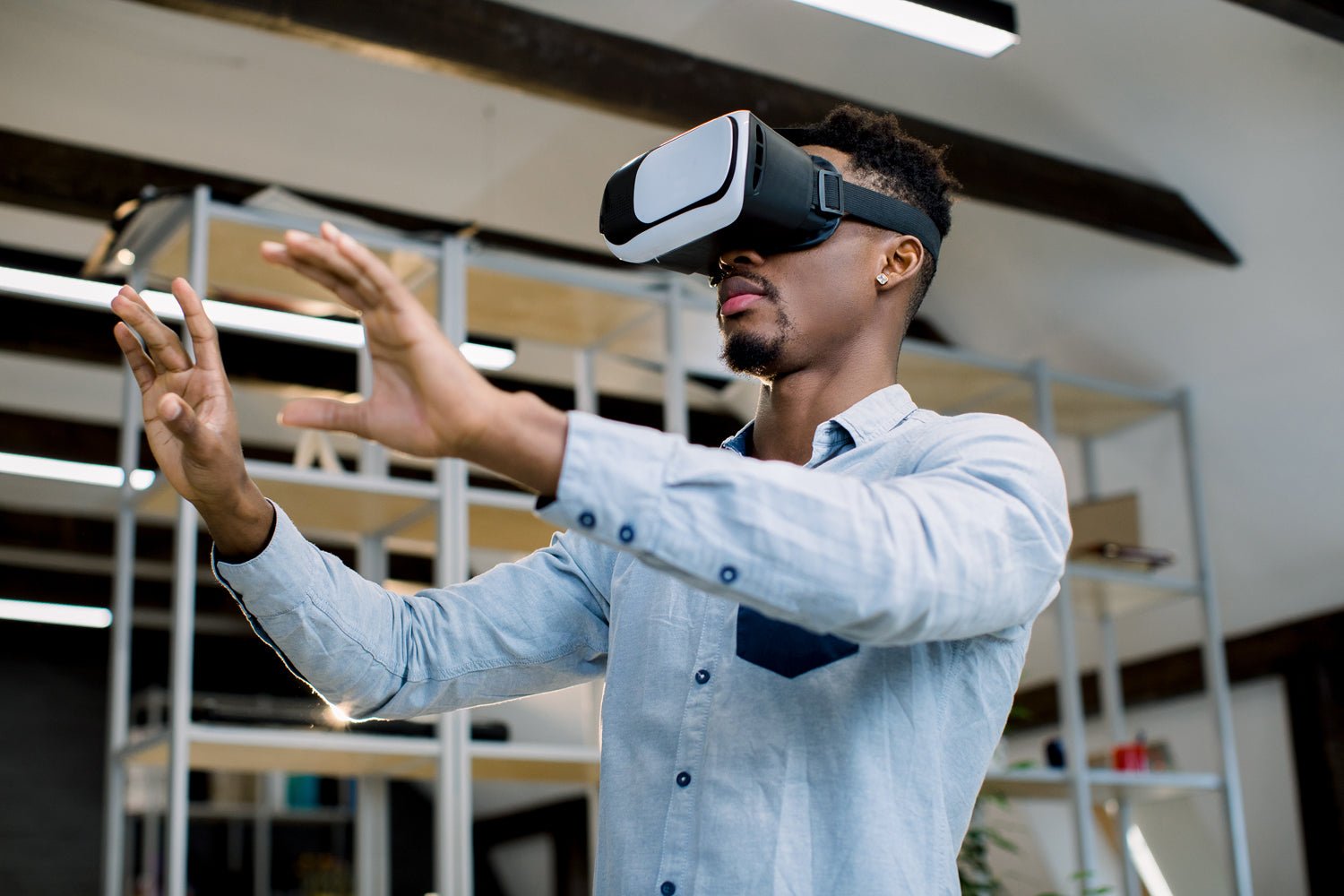
Haptic feedback technology is taking off in spectacular fashion. From cell phones and automobiles to gaming and wearable tech, haptic technologies improve user relationships with gadgets of all kinds, making them more intuitive, safer, and more engaging.
One sector set for rapid growth is virtual reality. Given its highly experiential nature, incorporating haptic technologies into VR innovation is a no-brainer. The future of VR is bright, and the continued inclusion of built-in feedback devices adds dimension and heightens the VR experience like almost no other technology can.
However, before diving into the specifics of haptics VR and the exciting innovations in the rapidly growing world, it's essential to understand the concepts behind haptic technology and what makes it so revolutionary.
What Are Haptics?
The theory behind haptics is relatively simple. First, the word itself connotes anything related to the sense of touch. So, incorporating haptics into a technological object indicates anything further engaging and stimulating a user's sense of touch.
The forms of these stimulations vary. They can include vibrations, frictions, or pulsating frequencies — such types are known as tactile feedback. There's also a form known as kinesthetic haptics, which relate to physical movement and bodily position. There are many uses for either version of haptic technology, and they cover a wide range of health and technology matters.
Haptic interfaces comprise three main components — actuators, drivers/controllers, and software. These three parts combine to convert electrical and magnetic energy into one of the many physical responses listed above.
Haptic devices are designed in a handful of ways, but one of the most efficient ways is with piezo materials. Piezo materials generate an electrical current when placed under stress. Therefore, these substances act as their own engines, an entirely different concept compared to the two main haptic actuator types currently incorporated in VR devices.
Creating Immersive Experiences: The Relationship Between Haptics and Virtual Reality

Although the idea of haptics isn't brand new, the onset of virtual reality ushers in a horizon of opportunity. For example, there's a burgeoning industry between wearables and virtual objects. Such innovations include full-body or torso haptic vests, haptic gloves, headsets, and more.
Whether it's exciting developments in VR gaming or life-changing medical breakthroughs, the integration of haptic devices and force-feedback systems into virtual reality is bringing about exciting, industry-changing progress.
Innovations in Haptic Devices and VR
The realm of VR haptic feedback is one of constant creation. Every year, companies unveil improvements and methods that push the capabilities of VR haptics further.
As methods, manufacturing, and materials improve, tech companies continue to make the most of embedding responsive sensors into their widening range of gadgets and services. Of course, much of the haptic-driven VR gear is still developing, but there are already glimpses of the exciting new devices of the future.
The proof is in the profit. The market for haptic technology is forecast to grow by almost 16% by 2025. This growth spans a range of industries, but some of the most exciting innovations come in gaming and wearable tech.
Haptic Interfaces Via Controllers and Headsets
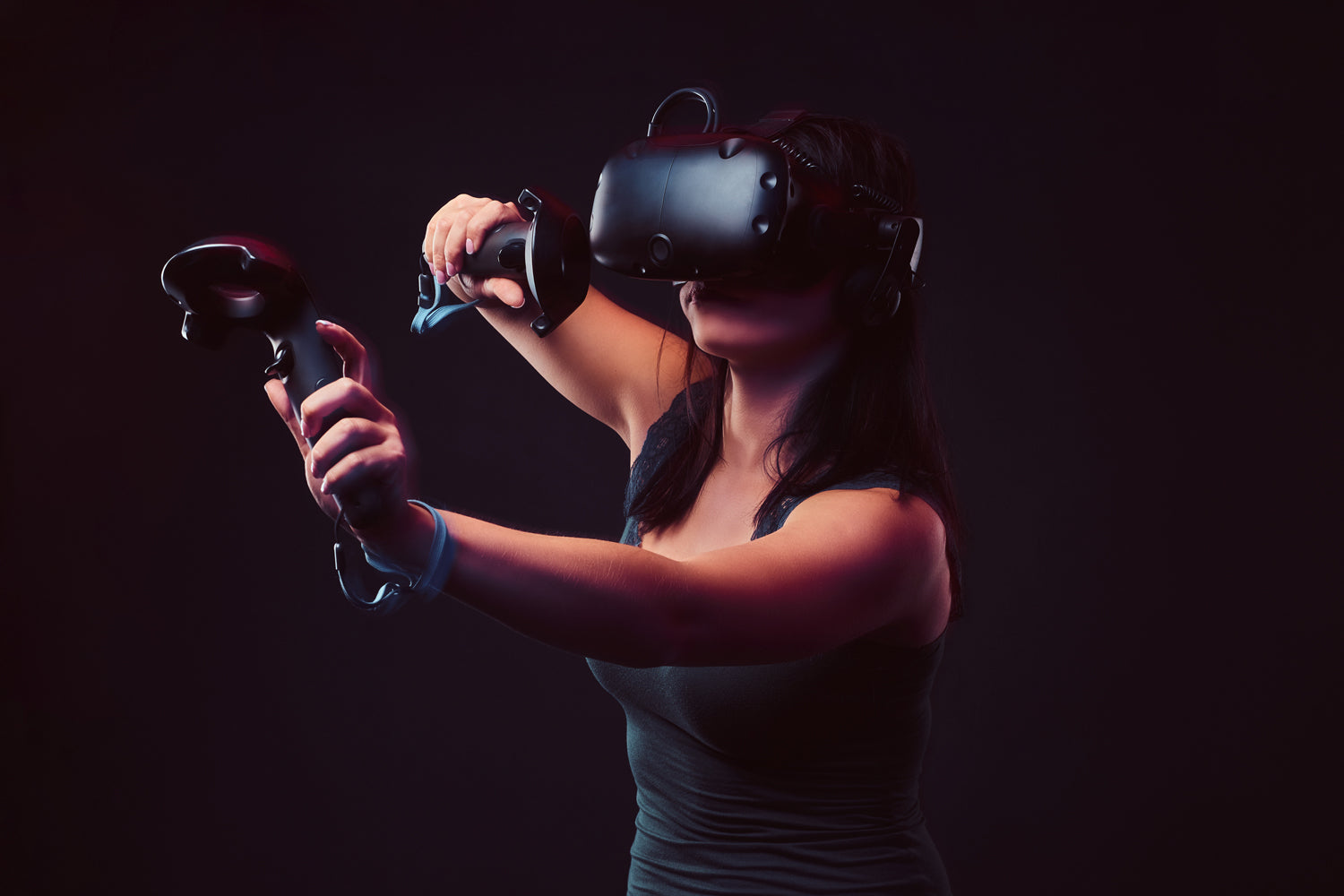
The conceptualization of the metaverse is still in its infancy, but inventing VR controllers and headsets was one of the first significant steps. With haptic technologies, headsets and controllers will simulate lifelike experiences in ways they never have.
The best controllers make it possible to discover new worlds, take on challenges, or simulate meaningful real-world experiences. In addition, these controllers and headsets create the closest possible things to lifelike events when coupled with haptics because they bring in touch and physicality.
Additionally, there is continued development in mouth haptics, which can stimulate the lips, teeth, tongue, or jaw. Much of this form of this VR haptic feedback is still being developed, but many major companies are looking to create VR headsets that are as physically engaging as possible.
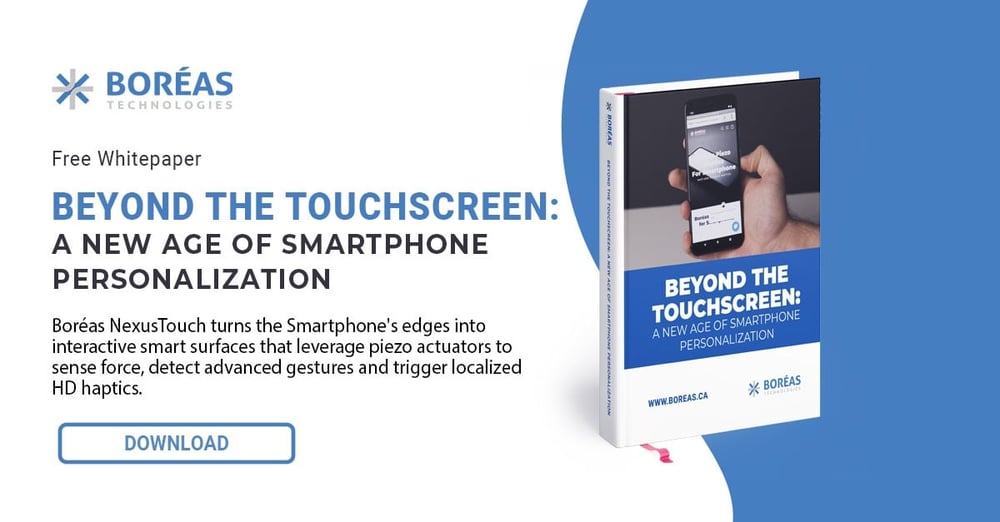
VR Haptic Gloves
Slipping on a pair of VR haptic gloves turns fingers into controllers. With sensors built into each part of the hand, users can touch, grab, throw, and wave within a VR setting. Haptics increases the experience by providing a physical sensation for every action.
Gloves are highly useful for remote medical and technical job training scenarios. Those using VR devices have a more lifelike experience, where they can simulate complex operations and safety training courses instead of relying on visual and textual mediums.
Full-Body Haptic Suits and Haptic Vests
Finally, there's also a handful of tech companies in the process of creating full-body suits geared with haptic feedback sensors to make the most fully immersed VR experience possible. Such suits and haptic vests can be used for experiential purposes or to help monitor and rehabilitate medical patients who require external muscle stimulation.
The Challenges Facing VR and Haptic Development
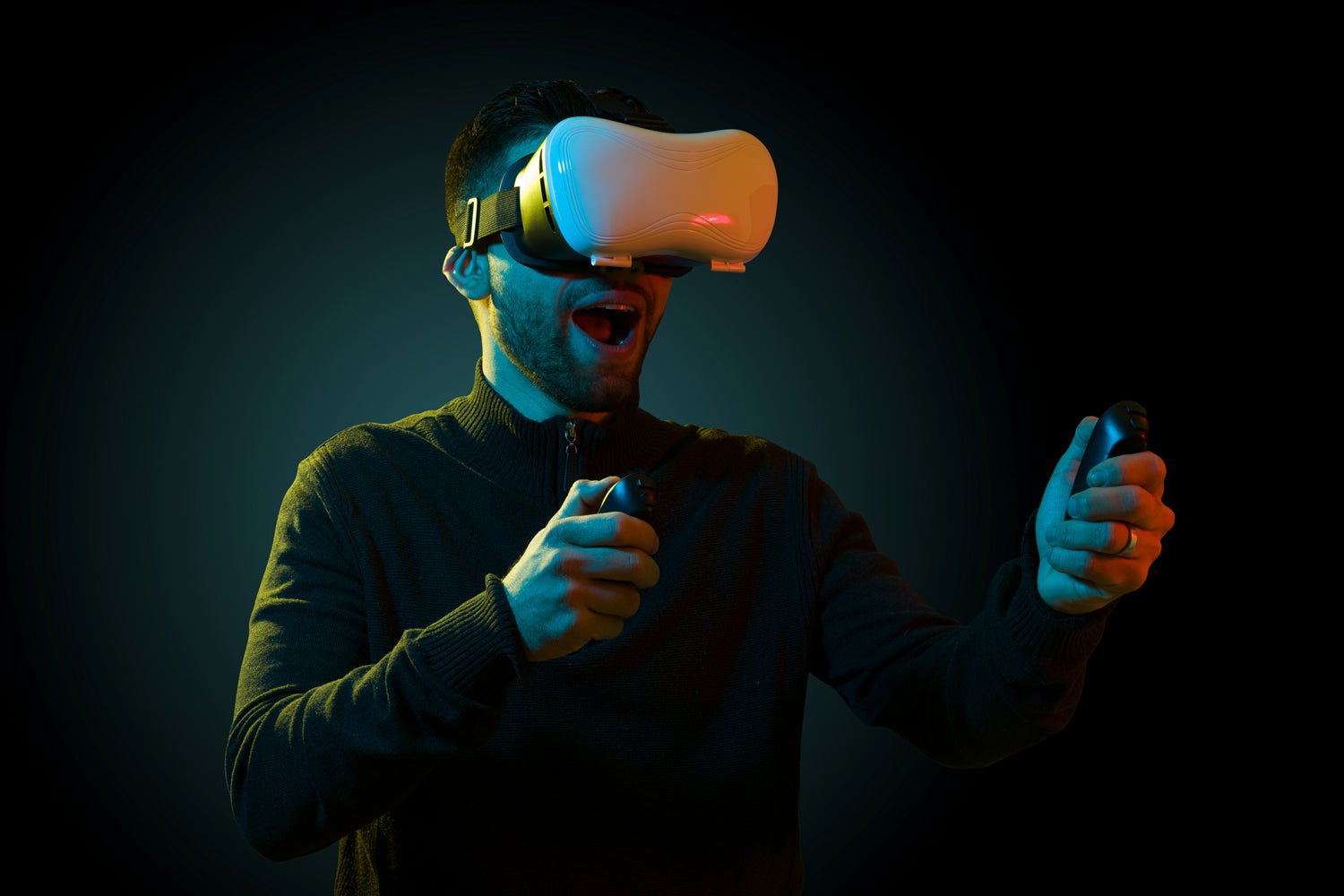
Although there's a bright future for haptics in virtual reality, there are many hurdles that developers and engineers must overcome before achieving the futuristic and world-changing technology that's within grasp.
Slow Adoption and Lack of Research
As with many major shifts in the tech industry, institutions with the resources capable of leading the charge are slow to adopt. For example, there's much desire to see the incorporation of VR and haptics, but its advancement is sluggish because companies tend to stick to the status quo.
Likewise, there's a lack of academic research into haptics, making it hard for companies to approve the use of the technology in their devices and convince executives and board members of its usefulness.
Limitations in ERM and LRA Haptic Actuators
There are currently two main methods for creating haptic interfaces, the eccentric rotating mass (ERM) and linear resonant actuator (LRA). Unfortunately, both forms have significant limitations regarding how they actuate haptic feedback.
ERM operates via a small motor. The motor spins, rotating an eccentric mass, creating a vibrating force across two axes, resulting in a haptic effect. While it's a cost-effective design, the vibration produced by the ERM method is weak, and its design causes a rumbling sound, which can often detract from a VR experience.
LRA haptic actuators operate more as a loudspeaker, using a voice coil to create a magnetic field that oscillates a mass. This movement creates a resonant frequency, producing a vibration effect. Overall, the LRA has a more precise haptic than ERM but faces latency as it takes time for the device to reach full amplitude. However, because of its precise design, the LRA assumes a limited bandwidth and can only handle a small frequency range.
How Piezo Drivers Solve the Challenges Facing VR Advancements
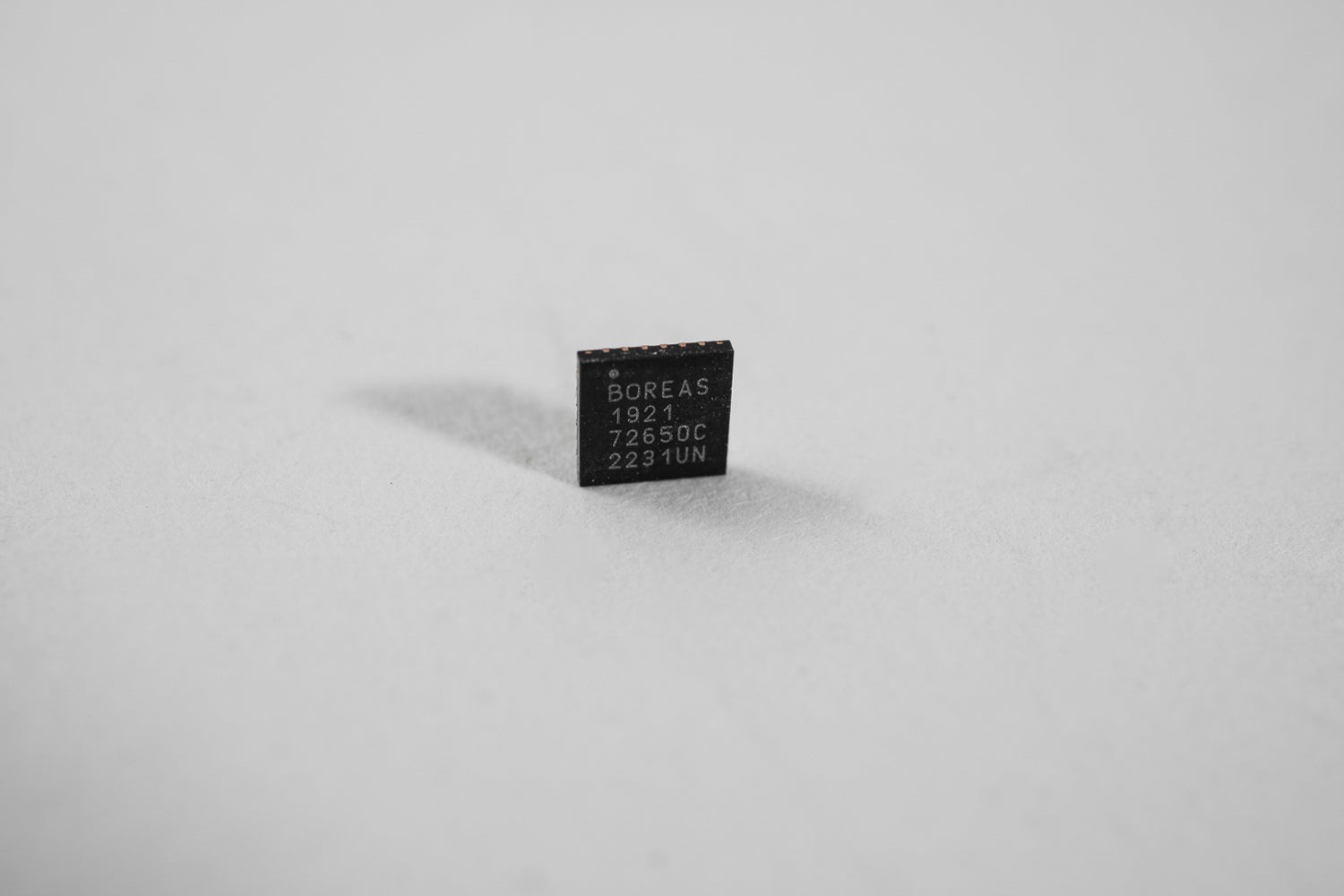
As mentioned above, a central bright spot in VR haptics is incorporating piezo drivers. Compared to ERM and LRA models, piezo-driven haptics creates a more in-tune feedback mechanism while reducing the power needed for operation.
The piezo concept is entirely different than motor-based methods. Here, the piezo materials, when put under high voltage, contract. When the materials contract, it generates an electric response, acting as a self-powered engine, producing the resulting haptic effect.
This specific method of haptic feedback creation comes with many advantages and is why piezo technology is likely the future of the VR haptic device market.
Fast Response Times With HD Haptic Capabilities
Quality haptics is all about precision and speed. With piezo materials, actuator response times are immediate and significantly increase the performance and overall VR experience. They can reach the peak in about 1.5 milliseconds while producing high-definition frequencies.
Piezo materials are quick to start and don't rely on the movement or timing of an attached mass. This component makes the design able to cover a wide range of commands and the ability to do it with greater precision than competing options.
Lower Power Consumption and Higher Performance Despite Thin Size
With any wearable device, limiting the weight and bulk are imperative to catching consumer attention. However, decreasing the size of a device tends to reduce its power.
This problem is especially true with an LRA or ERM since you reduce the mass and increase the frequency. The haptic effect becomes much less attractive. You can more easily integrate a piezo actuator in small spaces, which is impossible with the other two methods.
Force-Sensing Sensors and Functionality
Piezo materials have the most considerable operating frequency and by a wide margin. They range anywhere from 0 Hz to 500 Hz. In comparison, an LRA only operates from 170 Hz to 180 Hz.
Because of the extensive range and immediate response time, piezo material outperforms competing methods, as it can even produce custom tactile feedback. Users can customize tactile feedback responses to optimize their devices when coupled with the right piezo driver and software application.
Usher in the Future of VR and Haptics With Boreas Technologies
Are you looking to integrate your products with the best-in-class haptic drivers? Boreas Technologies pioneers the development of haptic technology and continues to improve its selection of Piezo drivers to meet requirements for all haptic-enabled VR devices.
Boreas' unique CapDrive haptic driver device is 20× more power efficient and has 5× the response times compared to competing methods. Visit our website to learn how our solutions can benefit your business.


Leave a comment